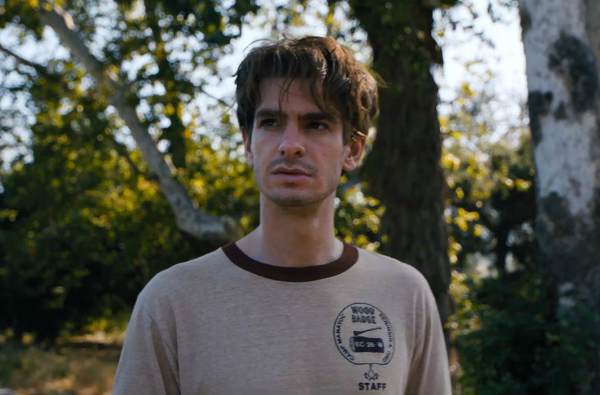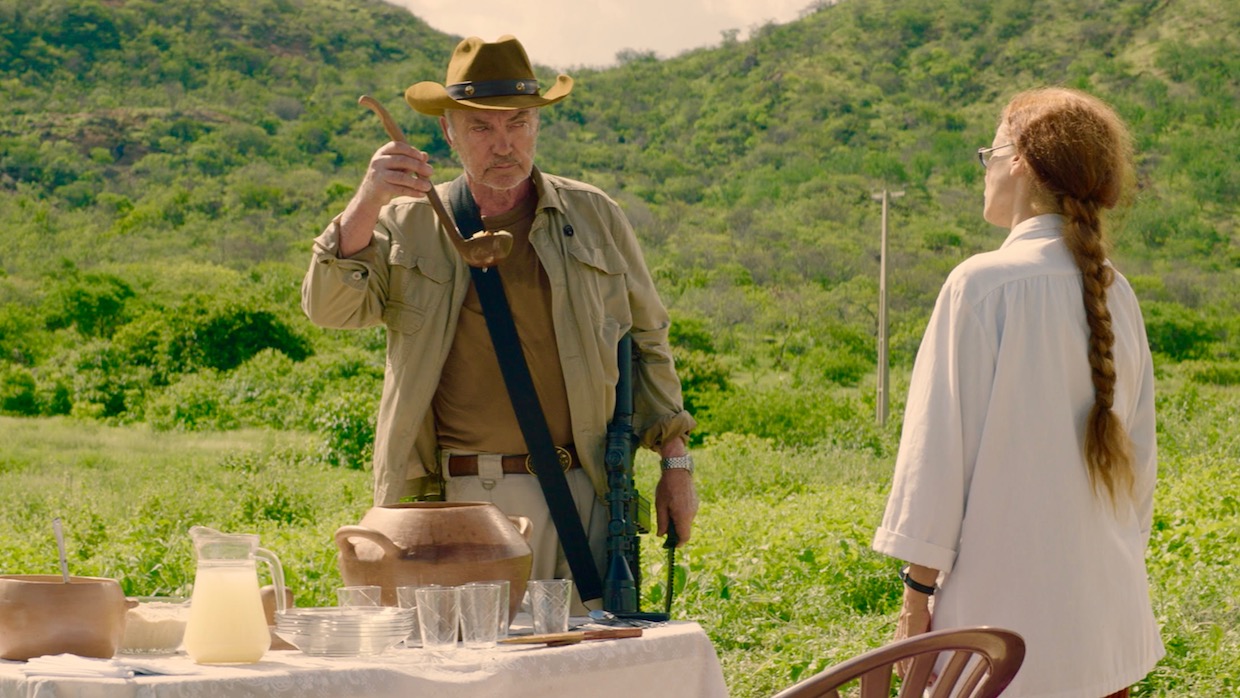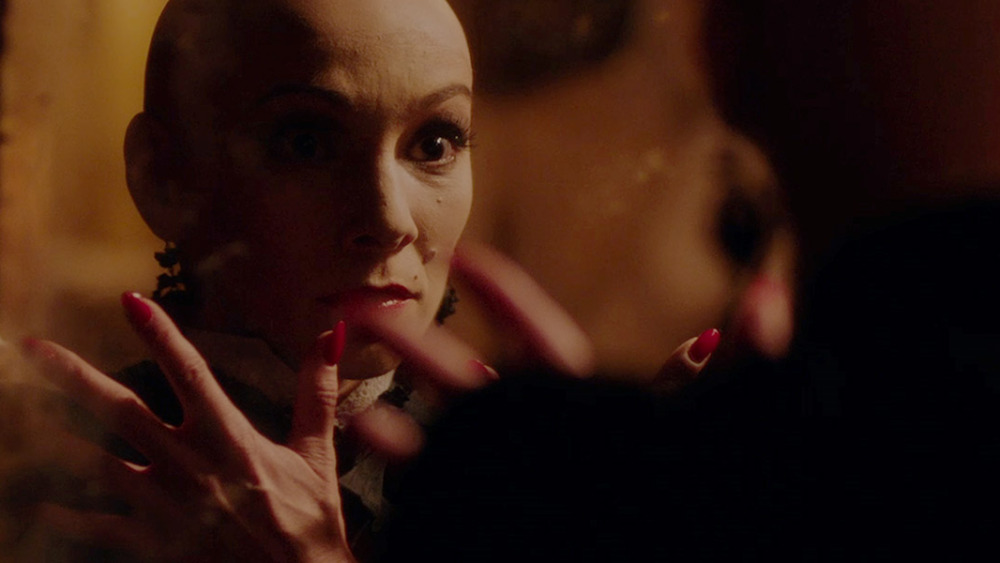5. High Life and Aniara

A tie must go to two heady science fiction entries that deal with notions of what it means to be human, to be free, and to truly live. High Life is the more well-known entry, with Claire Denis’ first English language film putting Robert Pattinson, Juliette Binoche, Andre 3000, Mia Goth onto a fuck box and collecting their fluids. It’s a patient, endlessly optimistic film shrouded in grim tones, beautiful colors, and considered production design. Denis is willing to go places Hollywood won’t dare.
How does one react in the face of almost certain space death? Aniara offers some answers. Passengers are headed to Mars when their ship loses course seemingly sending them to their doom. The result is a wild burst of chaos. Based on Harry Martinson’s 1956 poem, Aniara has us consider doom with the reckless chaos of the universe. There are illicit substances, space orgies, ruminations galore, and most of all, a frighteningly relevant depiction of a people watching their fate slip just beyond their control.
4. Under the Silver Lake

There’s no shortage of bizarreness in Under the Silver Lake, David Robert Mitchell’s divisive follow-up to It Follows. While many have been quick to dismiss the film as ineffective, pretentious, and problematic, it is a fantastic entry in the very niche genre of Southern California stoner noir. It also teems with hidden symbols and motifs, fantastic needle drops, trippy imagery, and ethereal longing.
Under the Silver Lake follows Sam, an unambitious 30-something shagging and stoning his way through life while obsessed with the idea that pop culture is littered with hidden messages only meant for the rich. His journey puts him in the path of a killer owl, a dog killer, numerous escorts, millionaires, billionaires, Jesus and his vampiric brides, and California’s homelessness issue. But ultimately, Under the Silver Lake is about learning to cope with a world that is actually as batshit crazy as we think it is.
3. Midsommar

Ari Aster’s sophomore feature is an experience that creeps up on viewers like the flora that its lead character might be hallucinating. Write-ups for the film made note of the fact that it takes place almost entirely in daylight—a rarity for its genre. But those who have seen the film will know that this is just the tip of the bizarre iceberg.
Midsommar builds its foundation on themes of grief, codependence, and the need to belong. Its journey through a solstice festival that only occurs every 90 years makes ample use of unsettling pagan imagery. Still, what makes Midsommar truly bizarre is the way in which it puts us in the muddled perspectives of its characters, twisting reality and yielding to a hallucinatory madness until the camera seems to moan in agony and ecstasy.
2. Bacurau

Bacurau is a film that unwinds patiently and lets its audience connect the dots. It’s a neo-western set in a not-so-distant future that is unfortunately too familiar. People watch murder reality shows on the digital TV displays tacked to the back of trucks. UFO-style drones fly across the countryside. Water is scarce.
Opening on a road littered with coffins, Bacurau (nightjar in Portuguese) is the name of an area inhabited by a community struggling to be free of shitty politicians, drought, and the scourge of tourism. Bacurau has numerous surprises, but most bizarre of all is its tone. It utterly commands the screen while lulling viewers into a trance that offers meditations on Brazil’s past, our current globalized world, and the future of our species’ collective soul.
1. In Fabric

Writer/director Peter Strickland has said that this film was inspired by ASMR videos on YouTube, but his tale of a haunted dress is truly a strange beast. In Fabric features masturbating warlocks, menstruating mannequins, workplace banter, and bright vivid hues that entrance us into subterranean chambers of our own mental building.
Essentially the story of a haunted dress, In Fabric feels no need to ham it up for audiences or wink at the camera. The story plays out with a refreshing lack of self-consciousness, and a strong sense of place blends the insane with the mundane. Some films strain to perpetuate any sense that they’re weird or idiosyncratic or unique in any way. With In Fabric, there is a sense that the film is struggling to hold in its strangeness and direct it in a productive way.
2019 had no shortage of films about objects that lead their characters into dire straits. From the art of Velvet Buzzsaw to the handbag in Greta to the cell phone in the underrated Wounds, but In Fabric is the only one that offers something about what we need objects to mean and what they potentially do to us. It might mean nothing. It might mean everything, but it refracts its time and place with an eye and ear for the ludicrous utterly unmatched by any filmmaker this year.